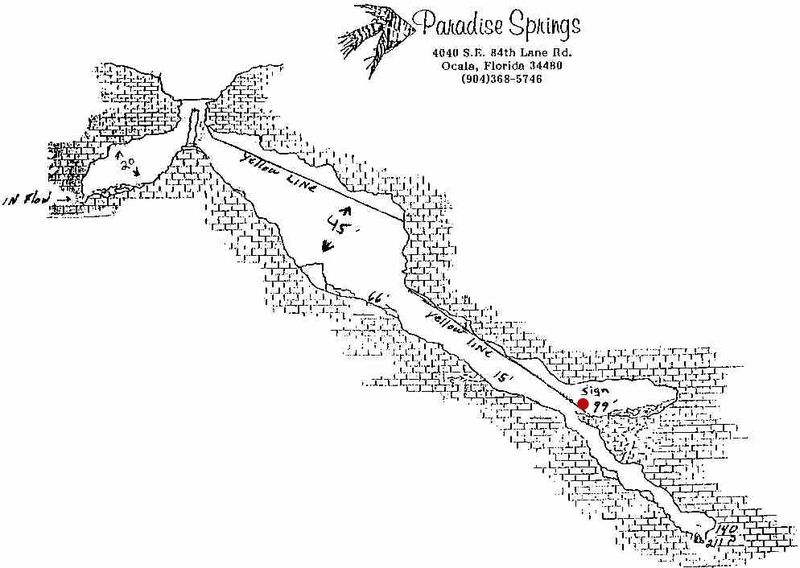certified in 1976
Contributor
Done a fair amount of wreck diving but have absolutely zero interest in diving in caves. Most wreck penetration dives I've done have near by escape routes. Not the usually the same for caves.
Welcome to ScubaBoard, the world's largest scuba diving community. Registration is not required to read the forums, but we encourage you to join. Joining has its benefits and enables you to participate in the discussions.
Benefits of registering include
I don't think that's the generally recognized definition of a cavern. It's been many years since I was last in the Ballroom at Ginnie ... but I don't recall it as being someplace I'd want to be without a light. Same goes for Dos Ojos, Gran Cenote, Pet Cemetary or Car Wash in Mexico ... and those are probably the most popular cavern dives available down there.
A historically significant wreck worth diving on is one that tells an epic story.I am pretty interested in wreck diving in the future, the idea of going through sunken history is totally awesome to me! However I was thinking about cave diving and it really doesn't interest me, maybe I am just ignorant to what it has to offer. Are there cooler things in caves over wrecks? Why are some divers drawn to caves and don't do wrecks (or even vice versa)?
That sounds like a cave to me. Especially if there's rain or even sudden clouds.

I guess it is a matter of defining the word "primary," a word that is not found in a single one of the definitions you cited. If I am in a cavern and can see the light from the entrance, it can still be pretty dark, and I would say that the primary source of light for me is in my hand.Hi John,
I don't know of any agency that doesn't require daylight. The sun is the primary source of light in a cavern dive.
NSS-CDS
TDI
IANTD
NAUI
And I think the NACD standards mentioned something about Pizza, but let me quote those too.
So, regardless of whether you consider sunlight your Primary, or Tertiary source of light, Does anyone think its safe for an OW/AOW diver to be down near 100' deep in this cavern? I hate to sound like I am slamming Paradise (in particular)... There are certainly dark corners to Ginnie and Blue Grotto as well. In comparison, Blue Hole (Jug) springs limits diving to Certified Cavern/Cave divers (state park).
NSS-CDS Cavern Diving Manual pages 31 and 32:Your primary source of light during a cavern dive is the sun. It is important that you stay within sight of the direct sunlight coming from the entrance at all times during the dive. If you move beyond the cavern zone of direct sunlight to where you can only see "ambient" surface light reflected against the cavern walls, floor or ceiling, or reflected against suspended particles in the water, you have entered the transition area to the portion of the cave where no surface light at all is visible. At any point past the cavern zone of direct sunlight you are beyond the level of cavern-diver training that this book addresses.
TDI Instructor Guide Unit 01 Slide 3:Cavern is portion of cave where natural light is available. Caverns do not exist at night.
NAUI Cave 1 Student Workbook Unit 2 Page 4:Cavern diving limitations:
Diving in the “Daylight” zone only. (There are no night cavern dives)
Ken, you are arguing over semantics.Sigh.. I don't have digital copies of all of the student workbooks that I own with me, but here's what I can quote you. The NSS-CDS cavern diver manual spells it out pretty clearly though.
